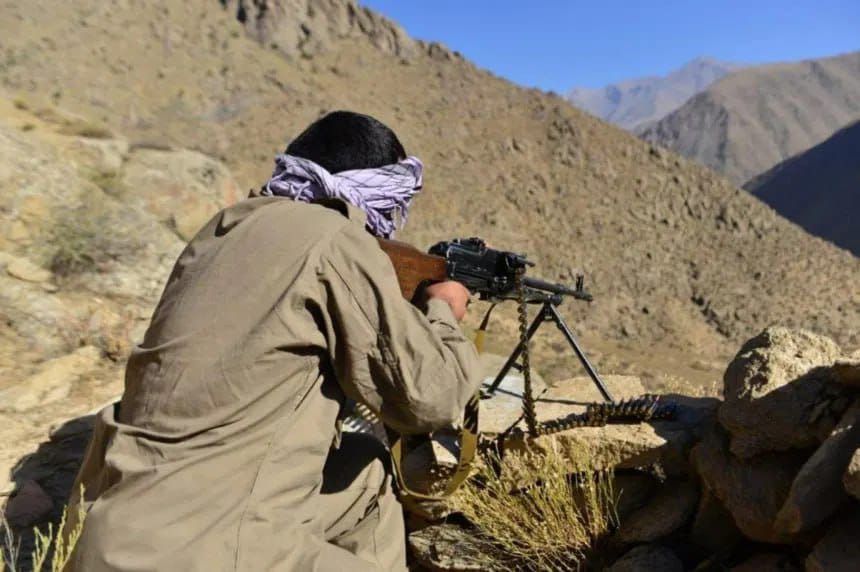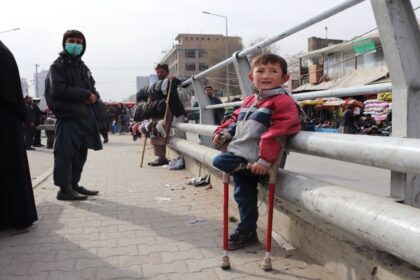RASC News Agency: The Afghanistan Liberation Front has declared a strategic and decisive overnight campaign, targeting Taliban strongholds across Kabul, Parwan, Kapisa, and Takhar provinces. This formidable military opposition force, vehemently opposed to the Taliban, has meticulously documented their precision strikes, resulting in the elimination and injury of 28 Taliban militants, including two high-ranking commanders.
In a formal communique, the Afghanistan Liberation Front articulated the execution of covert operations in the preceding night, specifically pinpointing Taliban installations in Jabul Saraj and Bagram districts of Parwan province, Kohband district in Kapisa province, the fifth and sixth districts of Kabul city, and Khwaja Ghar district in Takhar province. The Afghanistan Liberation Front stated that The narrative includes the termination of Taliban commander Hizifa in a meticulously orchestrated ambush on the route to Khwaja Ghar Takhar, leaving his guard wounded. This audacious maneuver resulted in the acquisition of three firearms from the Taliban commander.
Concurrently, another official statement from the front reported an incursion into Taliban positions in the districts of Kabul city, claiming six Taliban members slain and an additional six injured on Friday, November 24th. local sources in Bagram district, Parwan province, corroborated a military offensive against a Taliban outpost, deploying a combination of heavy and light weaponry, inducing casualties among the insurgent ranks. The Afghanistan Liberation Front has quantified the Taliban casualties from this engagement as three fatalities and two wounded. In a another assertion, the front disclosed its foray into the residence of a Taliban commander situated in the central district of Jabul Saraj, Parwan province, and the Kohband district, Kapisa province, last Thursday. These targeted operations resulted in the demise of four Taliban members.
The Taliban group, included in a ten-point list for media censorship in Afghanistan, has prohibited the dissemination and publication of any news or reports about attacks by opposing military fronts in Afghanistan, and for the sake of maintaining the morale of their fighters, they deny the losses of their members in these attacks. So far, the Taliban group has not commented on the attacks carried out by this military front, nor have they confirmed or denied the published statistics. Parallel to this, the Afghanistan Liberation Front, alongside other formidable opposition forces to the Taliban, meticulously curates visual chronicles encapsulating each military encounter with Taliban elements. The Afghanistan Liberation Front, alongside the National Resistance Front, is one of the powerful military fronts opposed to the Taliban group in the country. With each of their military attacks on members of this group, they also create documentary videos of their operations. In separate video recordings released on Friday, the front reported carrying out two attacks on the fifth and sixth districts of Kabul. Along with the video release, the front declared that in their two attacks on Taliban bases in Kute Sangi and Gul Khana, they killed six members of the group, including one of their commanders, and injured six others. The statement released by this front states that the commander of the Taliban group killed in this attack was named Mohammad Yunus Torabi, and three of his associates were injured in the operation. Regarding the slain commander of the Taliban group, the front’s statement declared: “The members of this base were the most oppressive and violent Taliban who, in the past month, repeatedly inspected residential homes in the fifth district without any reason and even looted the people’s property.”
Military pundits attribute the surge in anti-Taliban offensives to an escalating groundswell of public support for opposition forces, coupled with a palpable disenchantment with the Taliban across various provinces, including Kabul. They contend that the intensifying oppression, daily tribulations, arbitrary detentions, tribal bias, and the relocation of the Waziristani people in northern Afghanistan, have broadened the theatre of engagement for these opposition fronts. The populace, recognizing resistance as the sole recourse against Taliban tyranny, confronts the stark prospect of recurring atrocities unless they align with these opposition forces.
Ehsanullah Haidari, a former general of the Afghanistan army, opines, “While acknowledging the prevailing political intricacies among leaders of opposition factions, which have now evolved into a determinant for the endurance of Taliban rule, the Afghanistani populace vehemently advocates for armed resistance and military resilience against the Taliban.” According to Haidari, the demise of the Taliban regime hinges on the genuine unification of leaders from opposing factions, rallying unequivocal support for the Afghanistani populace. Such consolidation, he contends, will hasten the termination of the Taliban’s stranglehold on Afghanistan, sparing the people from enduring the oppressive yoke of this group for protracted periods.






